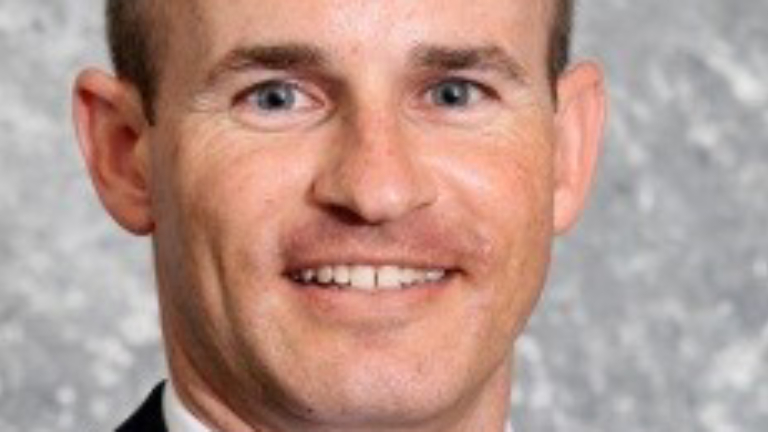Blog
Published: April 22, 2022
Why Upgrade? The Potential Cost of Doing Nothing
As the leader of the Intelligent Services program, Kurt drives the development and implementation of innovations directly linked to the optimization of client facilities. Learn about the steps he suggests taking to help you determine whether it makes good fiscal sense to stay the course or consider cost-saving upgrades for your K-12 building.

About the author
Kurt Barret, Intelligent Services Program Leader
As the leader of the Intelligent Services program for the Trane Kentucky/Southern Indiana Region, Kurt drives the development and implementation of innovations directly linked to the optimization of client facilities. These innovations assist clients with risk mitigation, energy savings, decarbonization, staff support/training and continuous performance improvements.
A major part of building optimization is helping to ensure buildings provide a safe and healthy environment for its occupants. As Trane’s regional Indoor Air Quality (IAQ) point person, Kurt is responsible for programs that include facility IAQ assessments, selection of IAQ technologies, and development/implementation of solutions.
Kurt graduated from Purdue University with a degree in Mechanical Engineering
At first glance, staying the course and putting off infrastructure system upgrades may seem a wise choice. After all, it doesn’t cost anything to simply do nothing, right?
In fact, it can be expensive, in some cases, to continue down the same path – and do nothing to improve infrastructure in your district’s buildings.
The following steps can help you determine whether it makes good fiscal sense to stay the course or consider cost-saving upgrades.
Know your costs: you can’t control what you don’t measure
When it comes to benchmarking and tracking your building’s energy consumption, data is vital. It’s important to collect and understand your data and stay abreast of data usage trends so you know what you are paying for.
Just knowing and understanding how you are billed, for example, can help. While you may be driving down your energy use, your costs could still be rising due to electrical demand, added surcharges or fees, utility rate increases, or even a billing error that could be caught if you kept an eye on the trends. Energy use data can help you uncover these details.
Identify your goals and develop a plan
It has often been said that a common trait among successful business professionals is having a plan with written goals and measurable outcomes. The same logic holds true for your building’s performance. When considering whether to undertake improvements, establishing written goals helps increase the chance of success. Achieving these goals starts with developing a plan and implementing a means to track the results on a regular basis with interventions where necessary.
Your plan should include benchmarking historical energy usage, dollarizing the performance, identifying your goals and assessing the results. An energy services provider like Trane can help you create an energy plan to uncover whether you can reach your goals by doing nothing or must undertake improvements to achieve those outcomes.
Understand what you can and cannot control
Keep in mind that you can only control so much. For example, if your school district has reduced its energy use through upgrades but then utility rates increase, your costs may rise despite the changes you’ve made. Tracking energy use trends and costs can show that those costs increased because of variables outside of your control, proving that the recently completed upgrades are in fact saving you money.
Data trends can also be used to show you that had you done nothing – in other words, had you not recently completed upgrades, your costs would have increased even more. Working with a trusted energy service provider like Trane can help you uncover insights like this.
Will there be a cost to you for doing nothing to your building? Learn how Trane can help you make that assessment for your school buildings.
